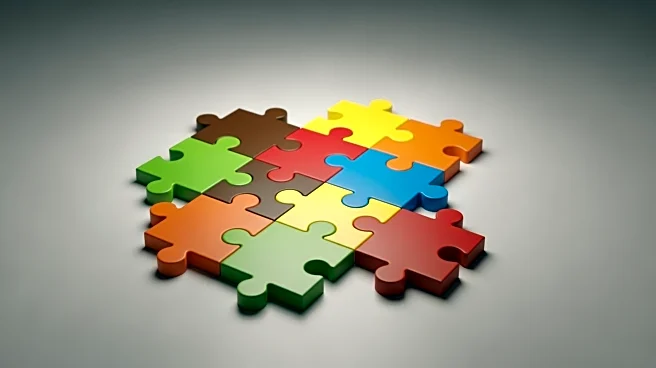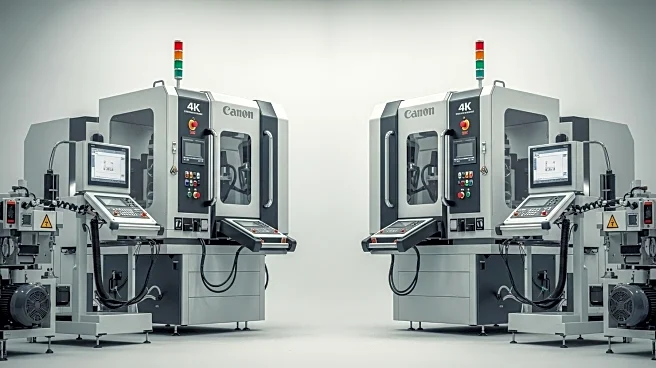What's Happening?
A mother took the initiative to educate her son's preschool class about his unique health conditions, including imperforate anus, to foster understanding and acceptance among his peers. Her son, who has
five health conditions, expressed a desire for his friends to understand his body better. The mother used medical supplies and a special doll to demonstrate how her son uses an ostomy bag and catheters. The presentation aimed to help children appreciate the diversity of bodies and reduce feelings of isolation for children with disabilities. The effort reflects a broader need for representation and understanding of disabilities in children's media and toys.
Why It's Important?
This initiative highlights the importance of disability awareness and representation in early education. By educating children about disabilities, it fosters empathy and acceptance, reducing stigma and isolation for those with disabilities. The lack of representation in media and toys can contribute to feelings of alienation among children with disabilities. This mother's actions underscore the need for inclusive content that reflects the diversity of human experiences, promoting a more understanding and inclusive society. Such efforts can lead to long-term societal shifts in how disabilities are perceived and accommodated.
What's Next?
The mother's approach could inspire other parents and educators to incorporate disability awareness into educational settings. As Disability Pride Month is observed, there may be increased efforts to promote inclusivity and representation in schools and media. Advocacy for more inclusive toys and books could gain momentum, encouraging manufacturers and publishers to diversify their offerings. Schools might consider integrating disability awareness into their curricula, fostering a more inclusive environment for all students.
Beyond the Headlines
The story touches on ethical considerations regarding representation and the societal responsibility to ensure all children feel seen and understood. It raises questions about how media and educational systems can better reflect the diversity of human experiences. The mother's actions also highlight the role of parents in advocating for their children's needs and fostering environments where differences are celebrated rather than stigmatized.











